J.C. Leyendecker — the artist, the book, and his artworks
- mymoderndarcy
- Aug 6
- 5 min read
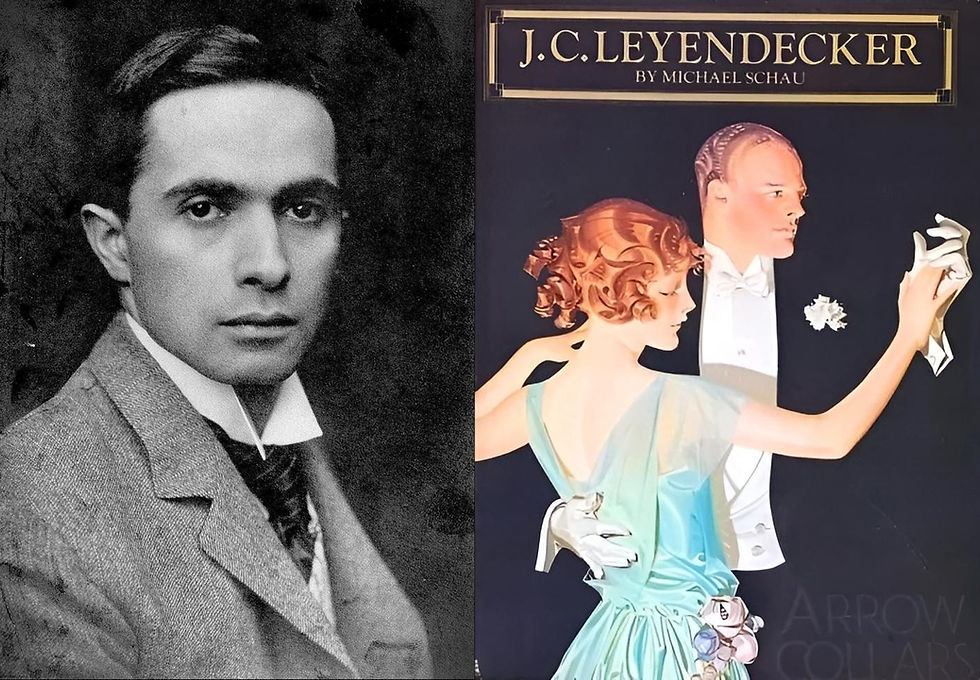
Dear readers, beyond men’s fashion, we often find ourselves drawn to the elements that surround it: magazines (both online and print), blogs, and, to a certain extent, the arts. The arts I refer to here are the colorful and imaginative illustrations created by talented artists inspired by the world of refined menswear. From sartorial elegance to street fashion, these artists inhabit the same world as menswear designers and stylists, sharing their passion. They produce stunning fashion drawings that express their admiration for specific designers or bespoke tailors, depicting impeccable menswear ensembles with creativity and a touch of lighthearted surrealism. These illustrations become style stories that capture the essence of a particular fashion era.
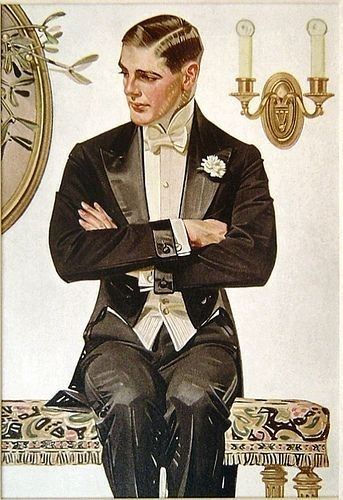
Photo source: Pinterest
Throughout history, fashion illustrations have been a significant influence and inspiration in men's fashion and style. Although this tradition is relatively rare today, one exception is the French men’s fashion magazine, Monsieur, which still features striking fashion illustrations on its covers; these are created by contemporary artists who showcase impeccable menswear in every issue, even to this day. While I have long been interested in certain men’s fashion illustrations, also dabbling in drawing myself and collecting vintage French fashion plates, there’s one menswear illustrator has always intrigued me a lot, and that is the late Joseph Christian Leyendecker, also known as J.C. Leyendecker. Recently, I finally acquired a rare vintage book about his work, and today, we will explore the art and life of this prominent figure in men’s fashion and lifestyle.
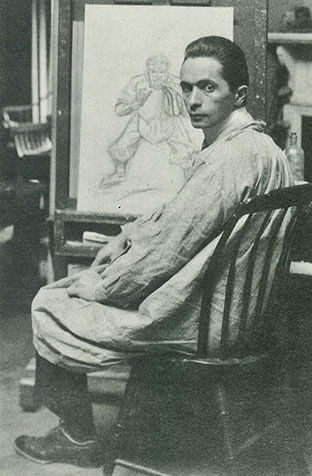
Photo source: Pinterest
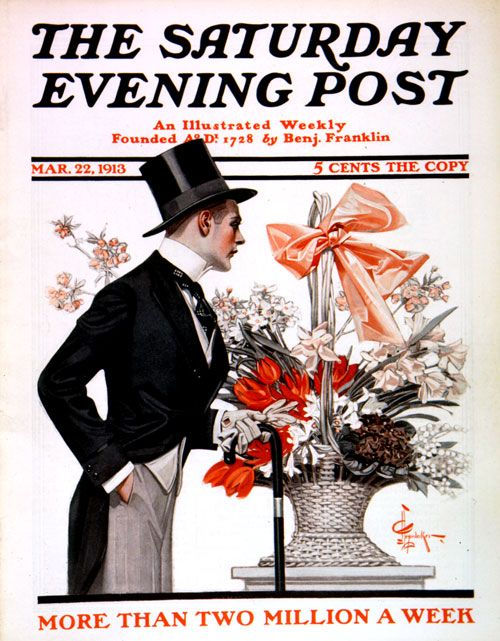
Photo source: Pinterest
For enthusiasts of classic American menswear, you have probably heard of or are familiar with Leyendecker’s work. Renowned for his stylish and suave illustrations, particularly of classic menswear, his drawings graced lifestyle magazines such as Collier’s Weekly and The Saturday Evening Post, as well as campaigns for brands like B. Kuppenheimer, and the American classic shirt brand, Arrow. His career spanned from the late 19th century to the early 1950s, making him one of the most successful commercial artists in the United States.
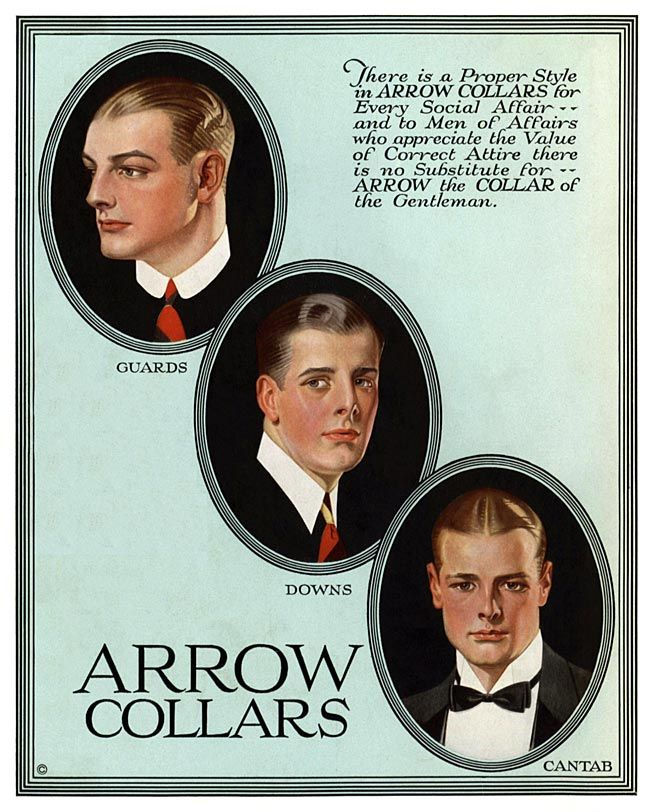
Photo source: Pinterest
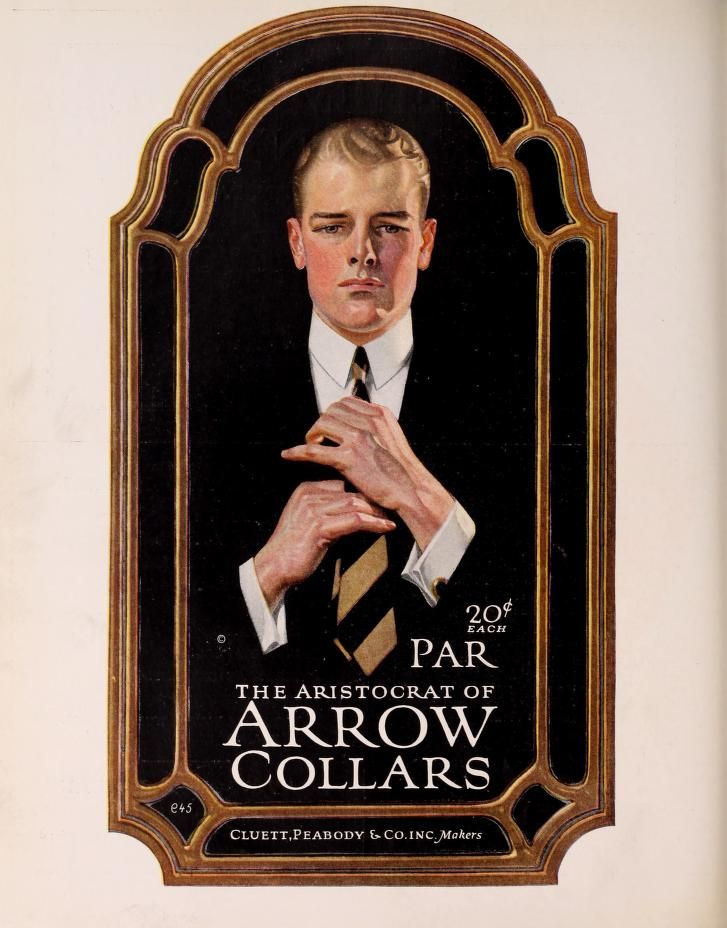
Photo source: Pinterest
Born in 1874 in Montabaur, Germany, Leyendecker immigrated to Chicago with his family in 1882. Passionate about art from a young age, he apprenticed at a printing and engraving company while taking evening classes at the School of the Art Institute of Chicago. Later, he studied at the Académie Julian in Paris from late 1895 through mid-1897. Upon returning to Chicago, he began his illustration career with local clients, ranging from publications to department stores. His first commission for a Saturday Evening Post cover marked the start of a 44-year collaboration with the magazine, during which he produced iconic images for Mother’s Day, the Fourth of July, and more.
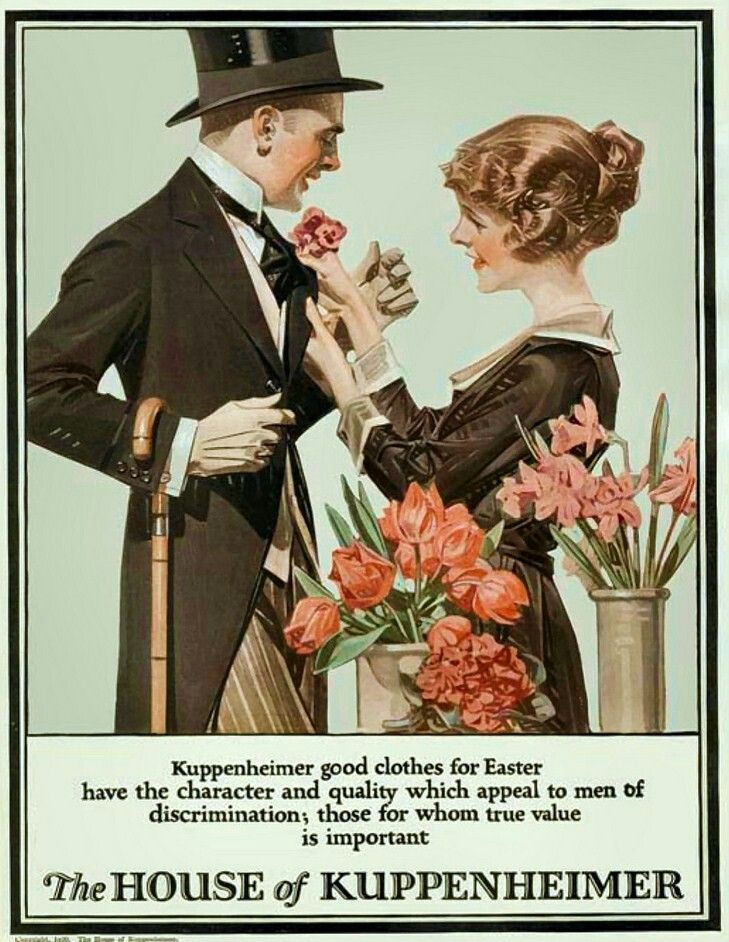
Photo source: Pinterest
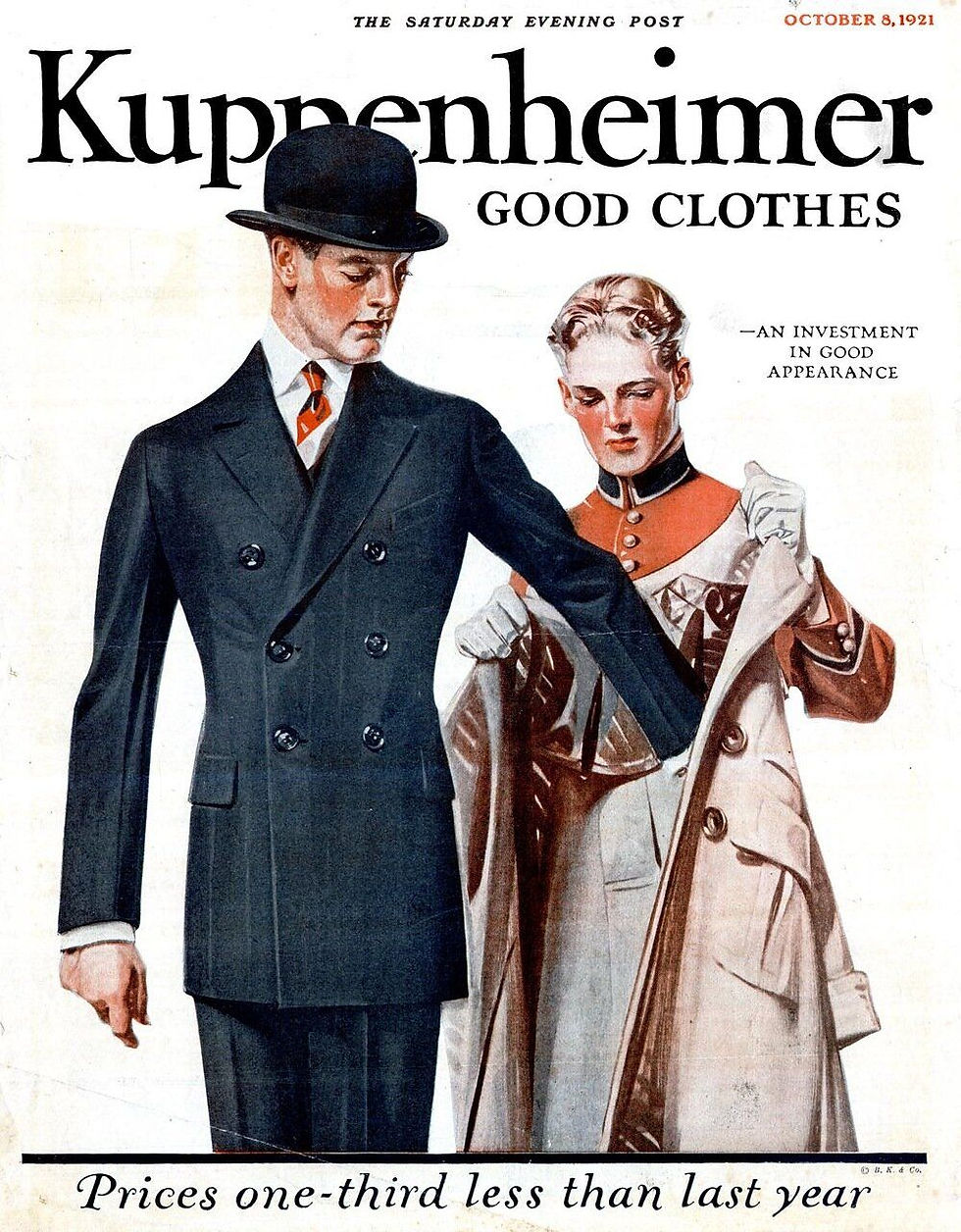
Photo source: Pinterest
In 1902, Leyendecker moved to New York City, where he continued illustrating for books, magazine covers, posters, and advertisements for prominent clients. For classic menswear enthusiasts, his most notable work is undoubtedly his illustrations for the American shirt brand, Arrow. His elegant, stylish, and flawless depictions of men — often referred to as the “Arrow Collar Man” — were unmistakably stunning and mesmerizing. These characters, though imaginative, were based on real-life male models, some of whom like actors Fredric March, Brian Donlevy, and Reed Howes, went on to have successful careers in theater and film. These stylish men embodied a charming, masculine sophistication that feels rare today.
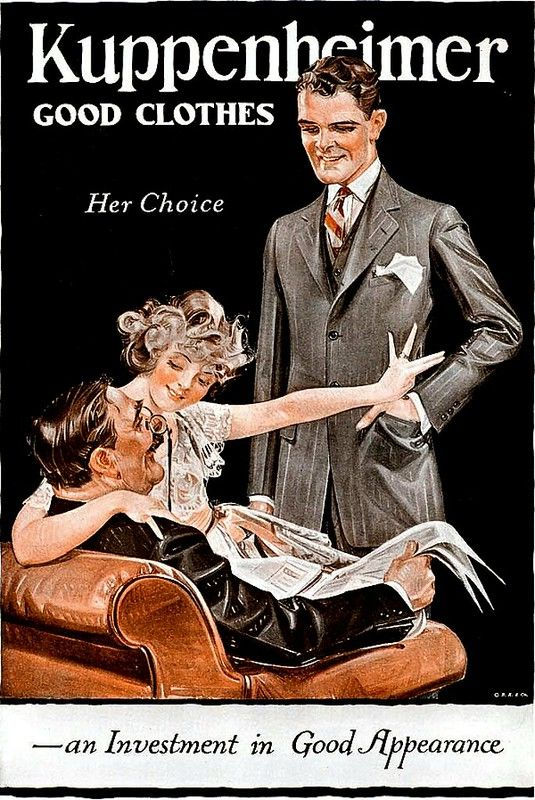
Photo source: Pinterest
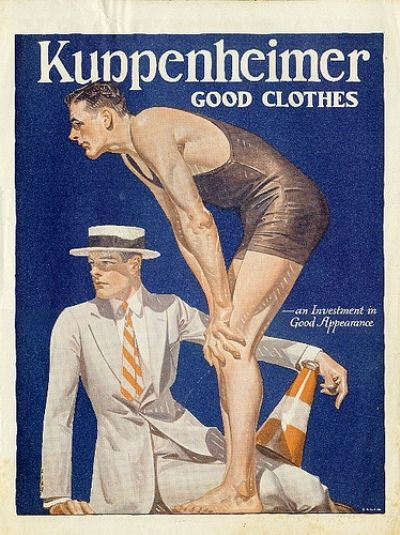
Photo source: Pinterest
Among his frequent models was Canadian-born Charles A. Beach, who later became Leyendecker’s life partner; their professional and personal relationship lasted nearly half a century. Despite living lavishly during Leyendecker’s peak, being homosexual in that era was challenging due to conservative societal norms. Even as they hosted glamorous gatherings in their New Rochelle home, which they shared with the artist’s siblings, tensions arose over differing lifestyles and moral standards behind closed doors. By the end of his life, Leyendecker’s career declined due to the fading popularity of illustration-based advertising, compounded by the impact of the Great Depression, which forced the artist to scale back his luxurious lifestyle; he even had to let go of his household staff, leaving the chores to be managed by himself and Charles. Upon his death in the early 1950s, his will divided his estate, furnishings, and paintings equally between his sister and Charles, with instructions for Charles to burn his remaining drawings, instead, Charles sold them at a lawn sale. For those interested in learning more, there is an insightful YouTube video detailing Leyendecker’s life, work, and relationships, which you can watch from here.
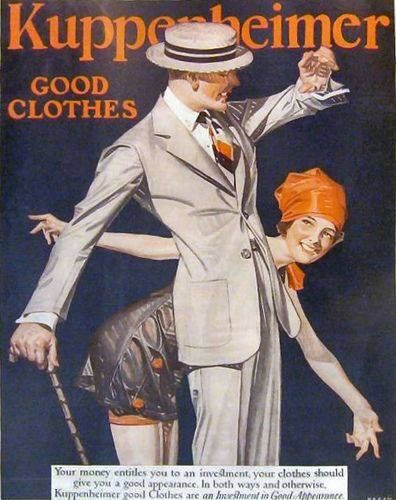
Photo source: Pinterest
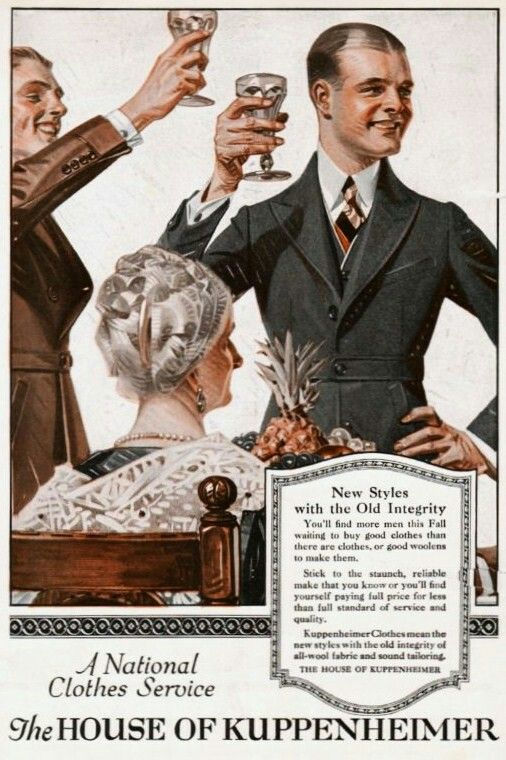
Photo source: Pinterest
To me, discovering Leyendecker’s classic menswear illustrations is fascinating, each work is almost flawless, from the character in his polished attire and thoughtful ensembles to the scenarios and interactions, he created an idealized world of style and sophistication, embodying a debonair elegance that feels almost mythical. His artwork reflects not just artistic skill but also a personal fantasy of the perfect man: a blend of outer charm and inner grace. All the elegant men created by his hand possess an unexplainable allure that captivates, even without exposing bare skin. Moreover, beyond their impeccable and handsome appearance, these characters have the ability to tell their own stories: their background, breeding, social status, and, of course, their refined taste in life and style. It’s not merely about outer beauty but something woven with upbringing, virtue, and sophisticated masculinity. Perhaps that is why it is my fantasy to imitate the dashing style, flawless beauty, and even the way of being of these characters, and to replicate these great qualities in myself, becoming one of Leyendecker’s men! If we were to place these good-looking male characters in today’s world, they would likely belong to that rare breed of top 1% high-value men, either extremely out of reach or too fairytale-like to exist in the modern era.
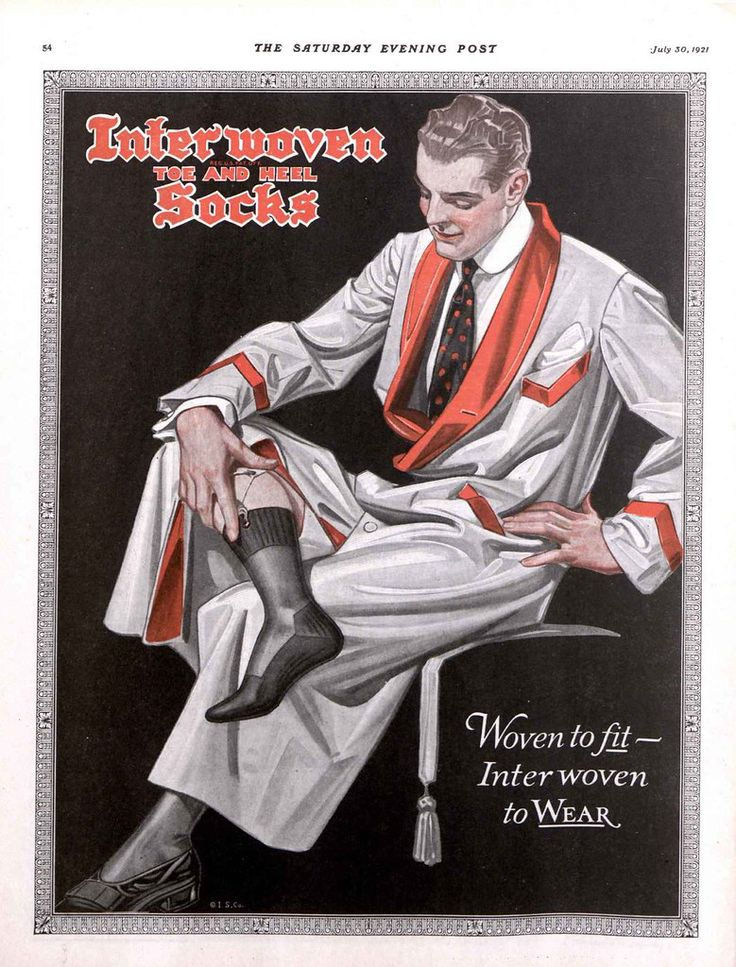
Photo source: Pinterest

This fascination led me to acquire the rare vintage book titled “J.C. Leyendecker” by American author, Michael Schau. Published in 1974 by Watson-Guptill Publications, this volume collects Leyendecker’s artworks, offering a deep dive into his life and career. The cover, featuring a dancing couple in Art Deco style, sets the glamorous and romantic tone for the elegance within. This book is a treasure trove of rare illustrations from advertisements, posters, and Arrow shirt campaigns, enabling one to revisit the stunning work and sophisticated men’s style which interpreted through the artist’s fantasy and imagination from nearly half a century ago. Beyond its artistic value, this book also serves as a beautiful reference for classic menswear and the vanishing ideals of sophisticated masculinity. In today’s fast-paced world, where financial success often overshadows personal refinement, Leyendecker’s work reminds us of the allure of a well-cultivated man, one who is not only affluent but also attractive, well-bred, and virtuous. It is a celebration of confidence, stoicism, and resilience — qualities that define true masculinity.


As American psychologist Dr. Orion Taraban once mentioned in one of his YouTube videos: a man can be rich, attractive, or loyal, and having two of these traits is a rare fortune, as they require tremendous amount of time and effort to cultivate, these three traits have become extremely “expensive” in today’s social and sexual marketplace. If we apply this concept to the men in Leyendecker’s artwork, it’s clear they were the epitome of “expensive” men — in every sense of the word.
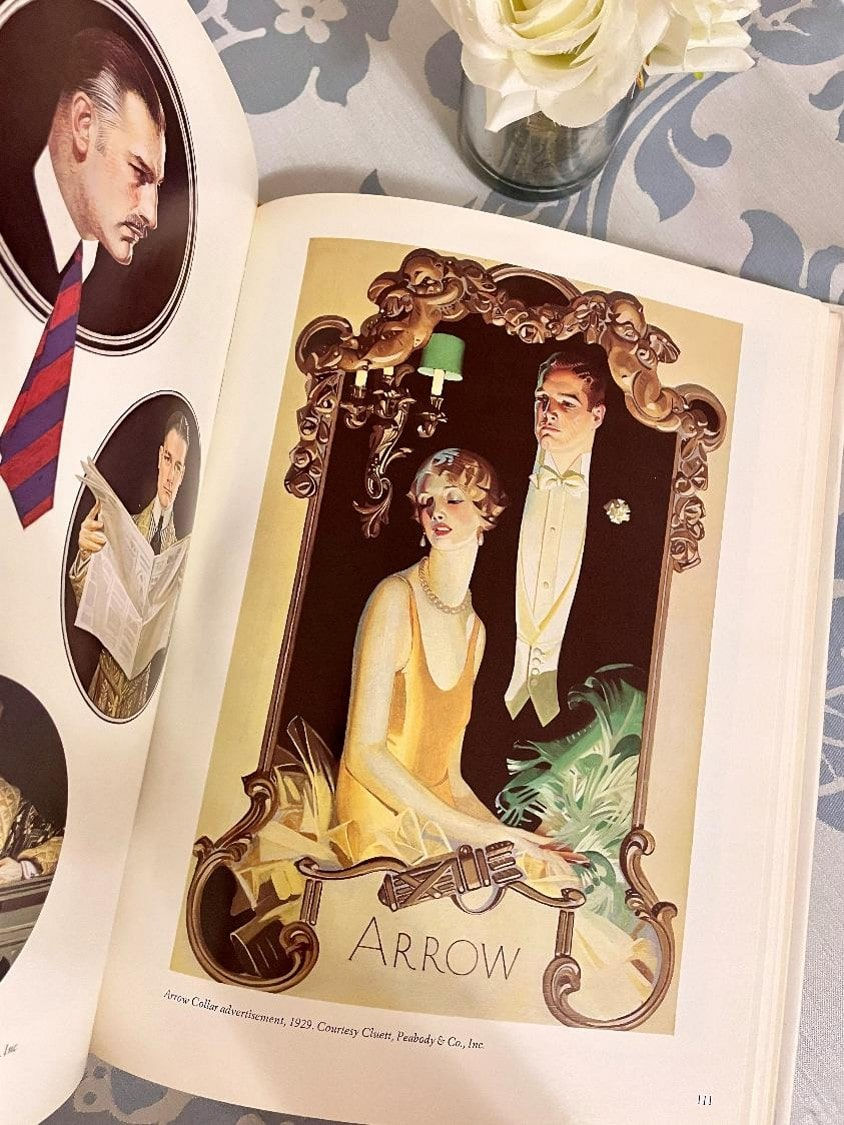

Photo source: Pinterest
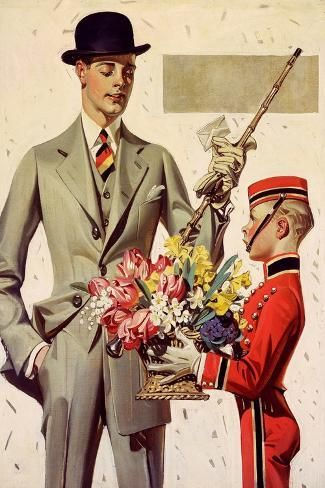
Photo source: Pinterest
